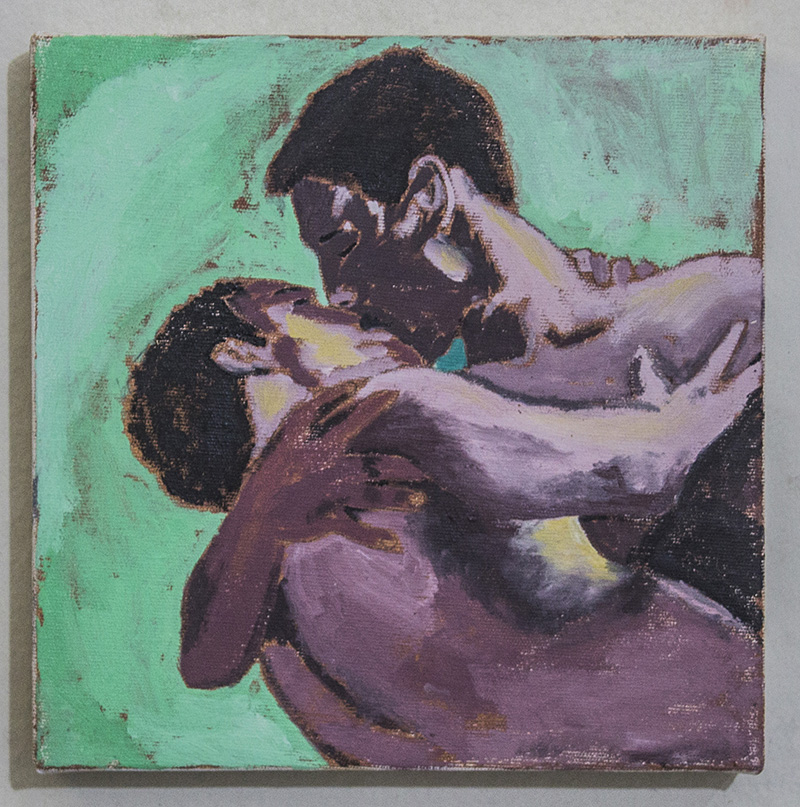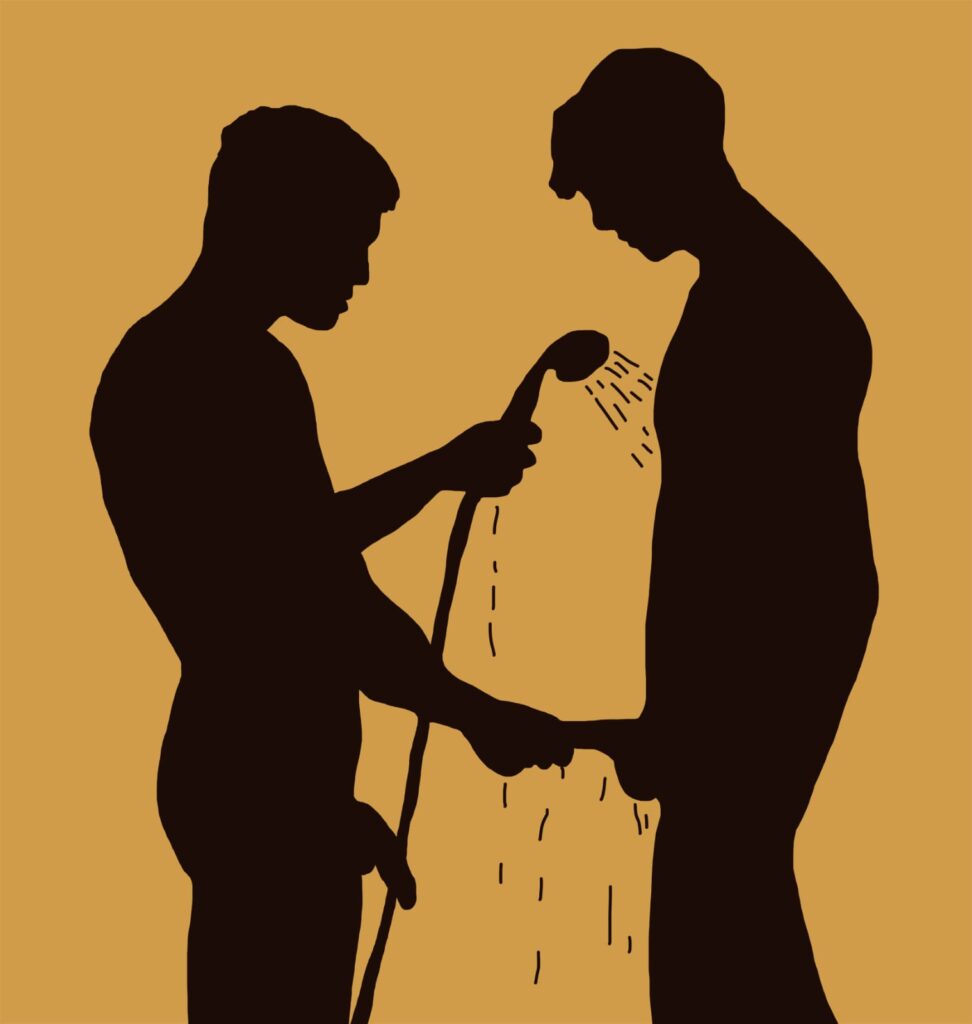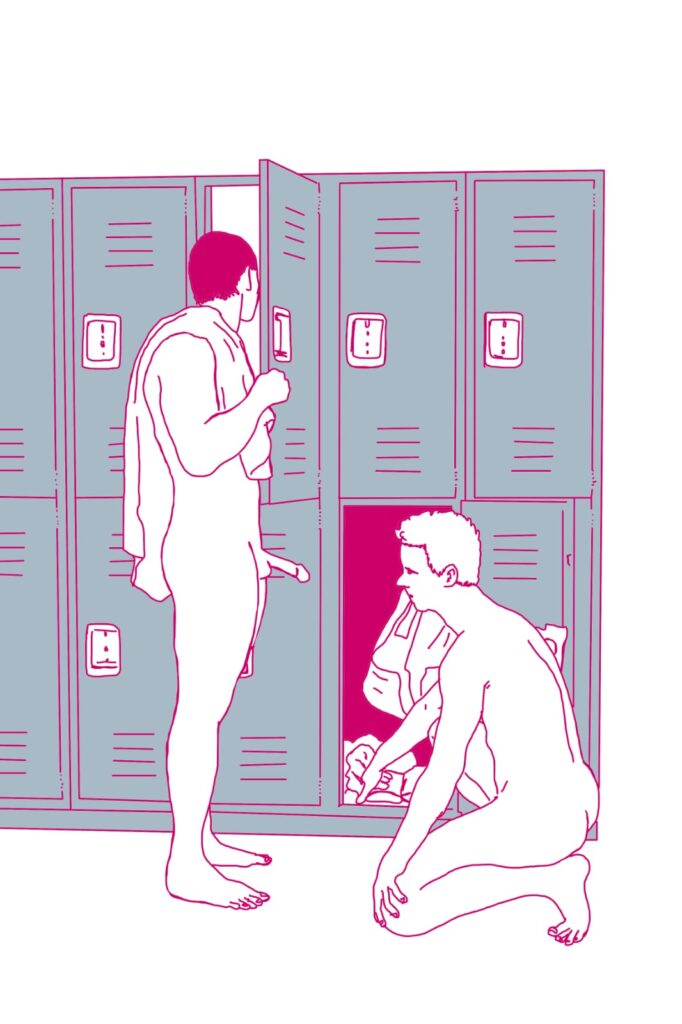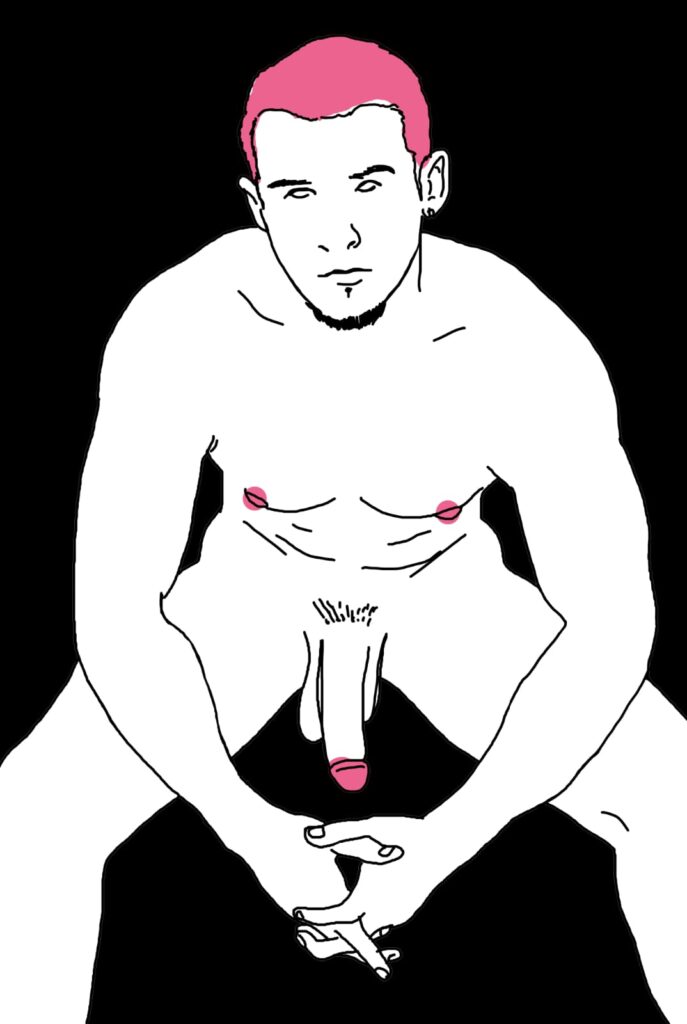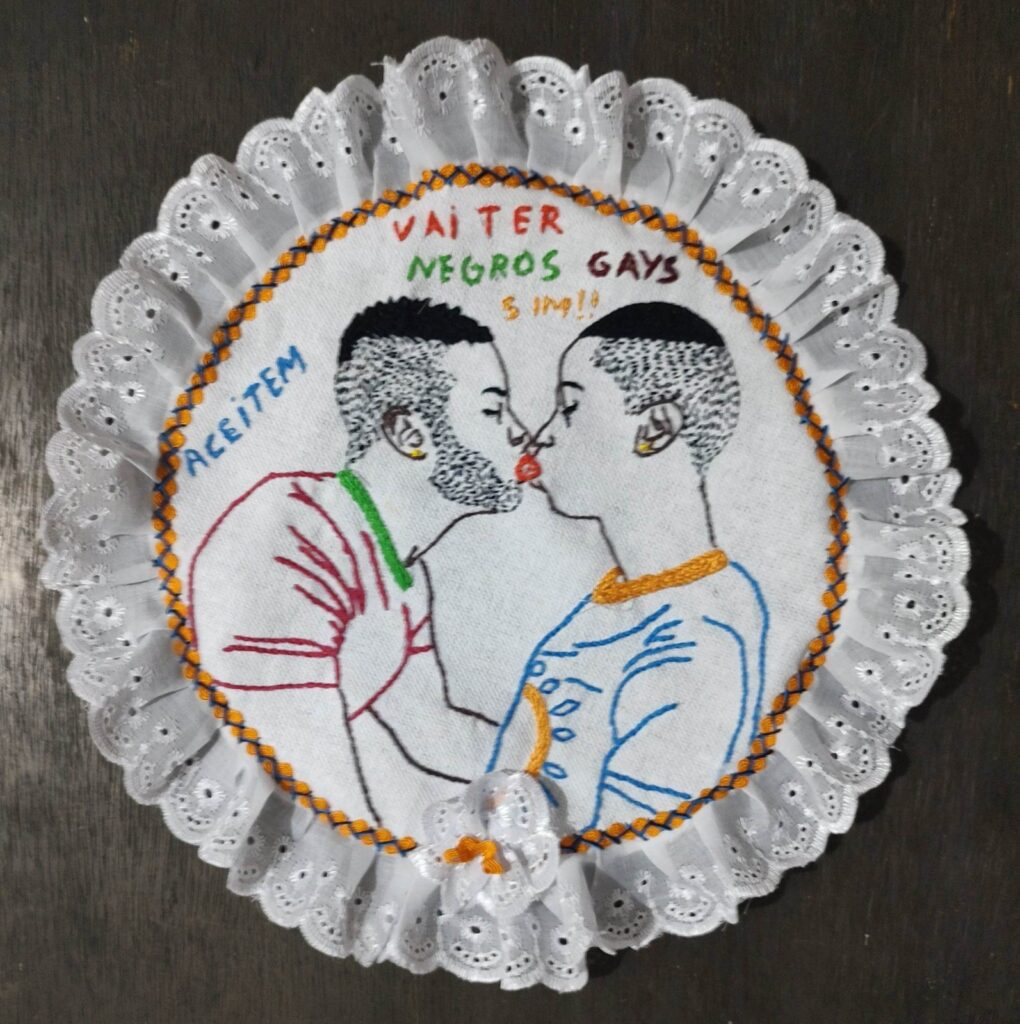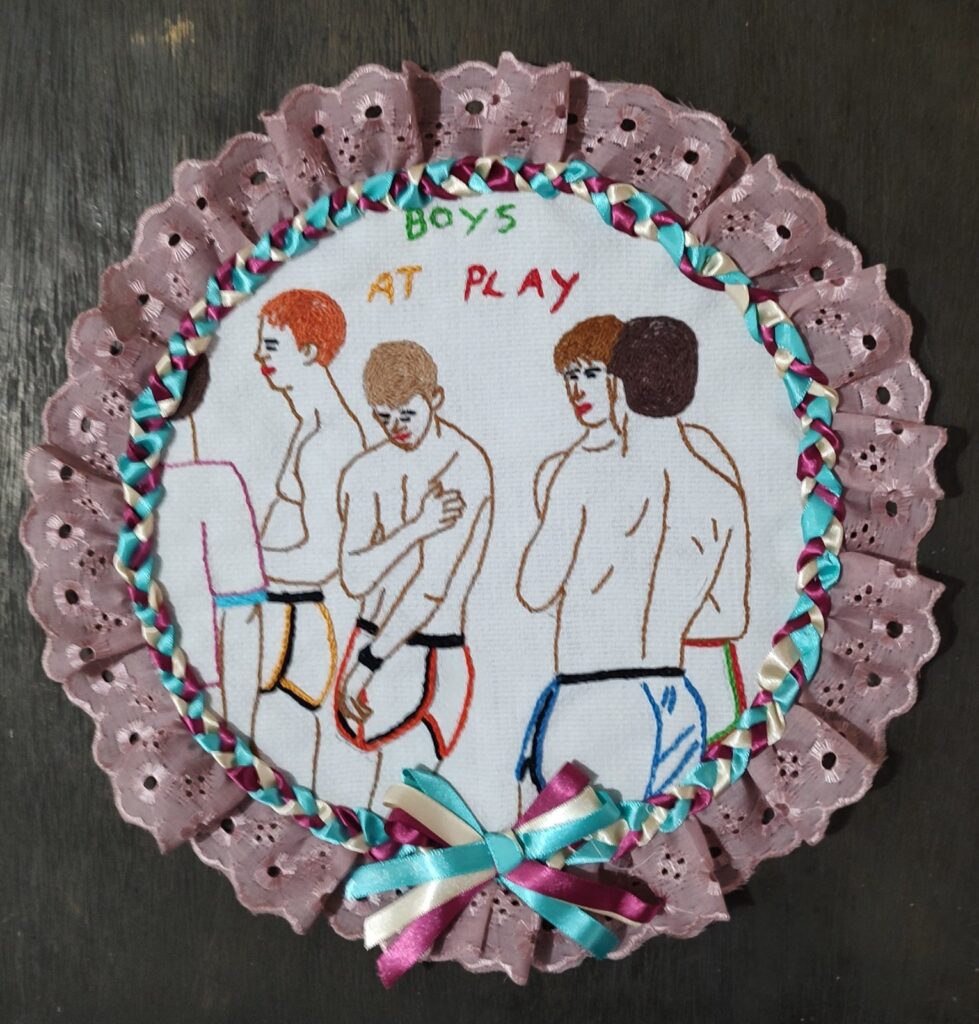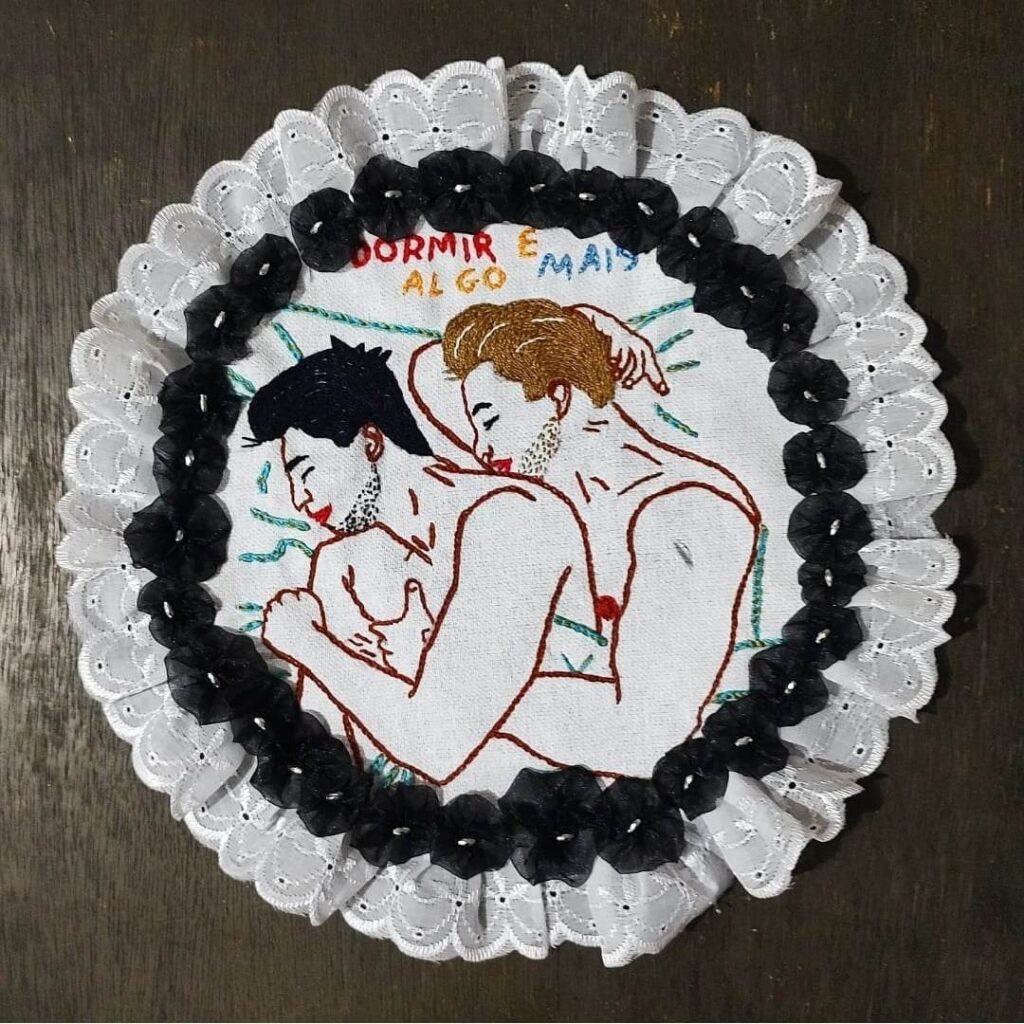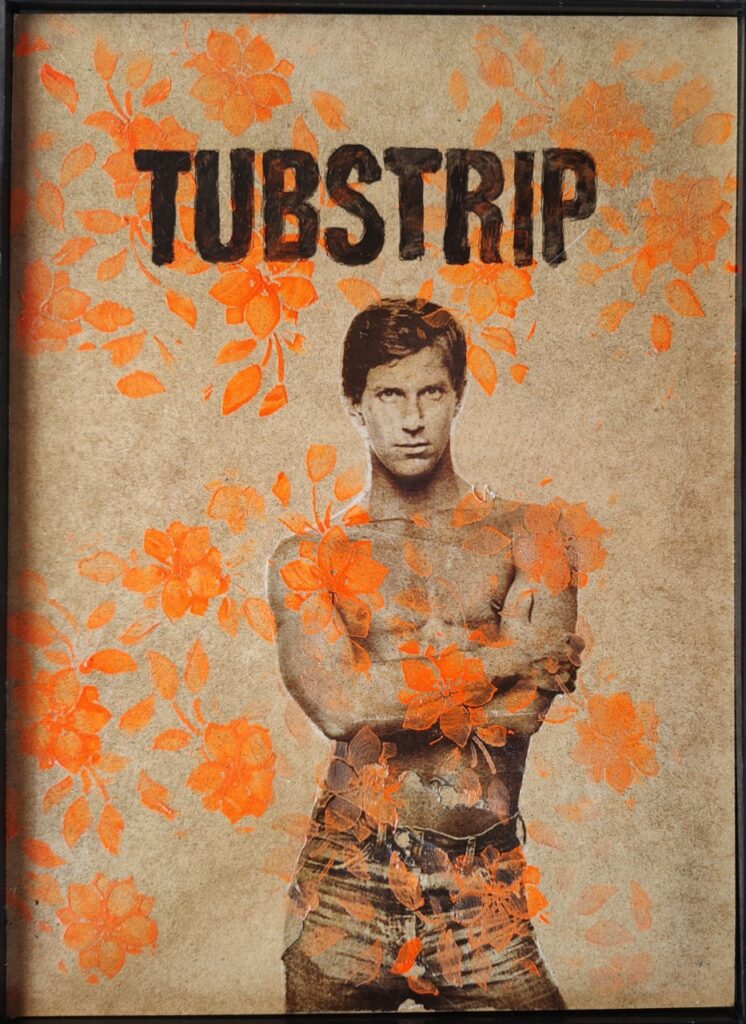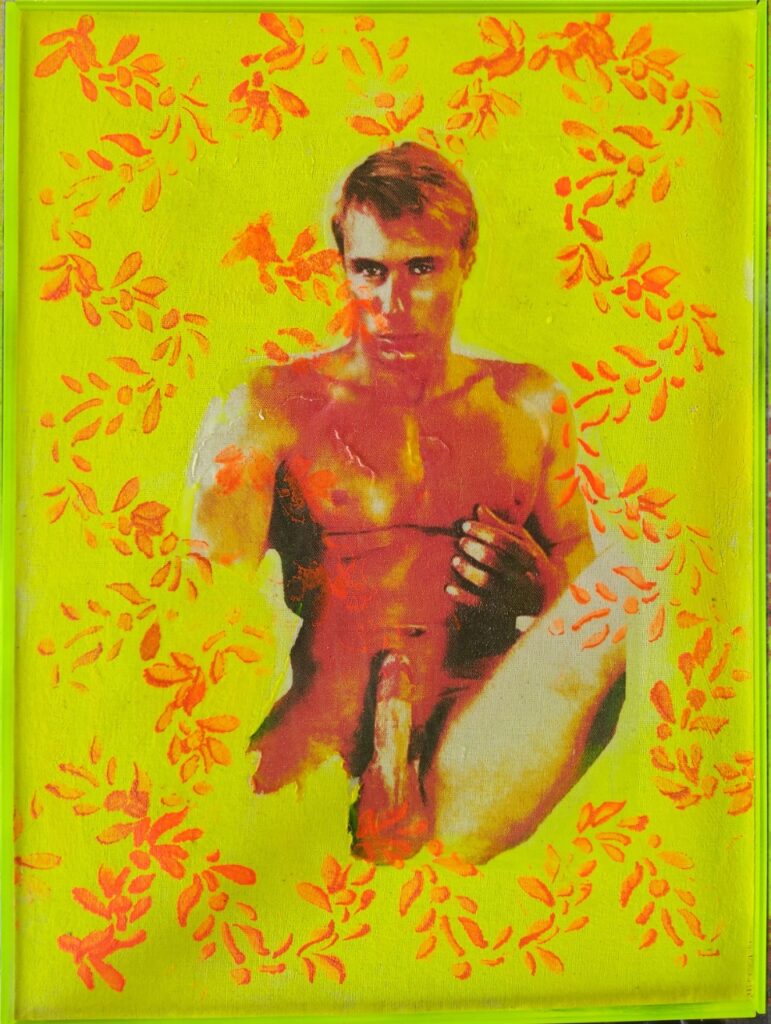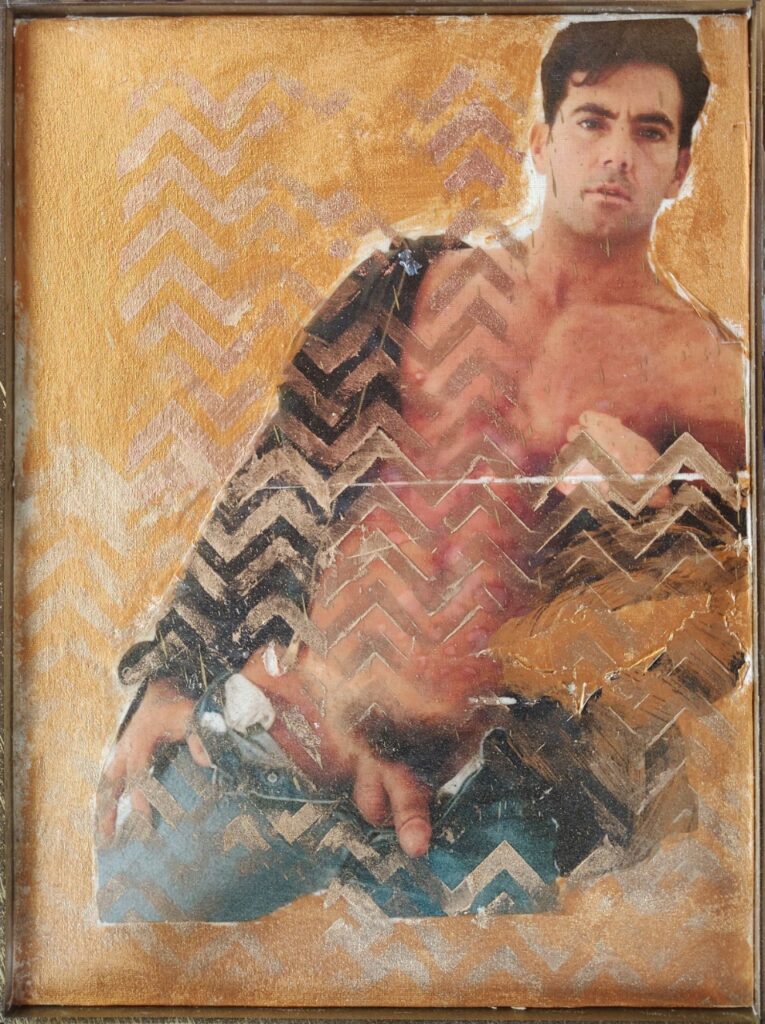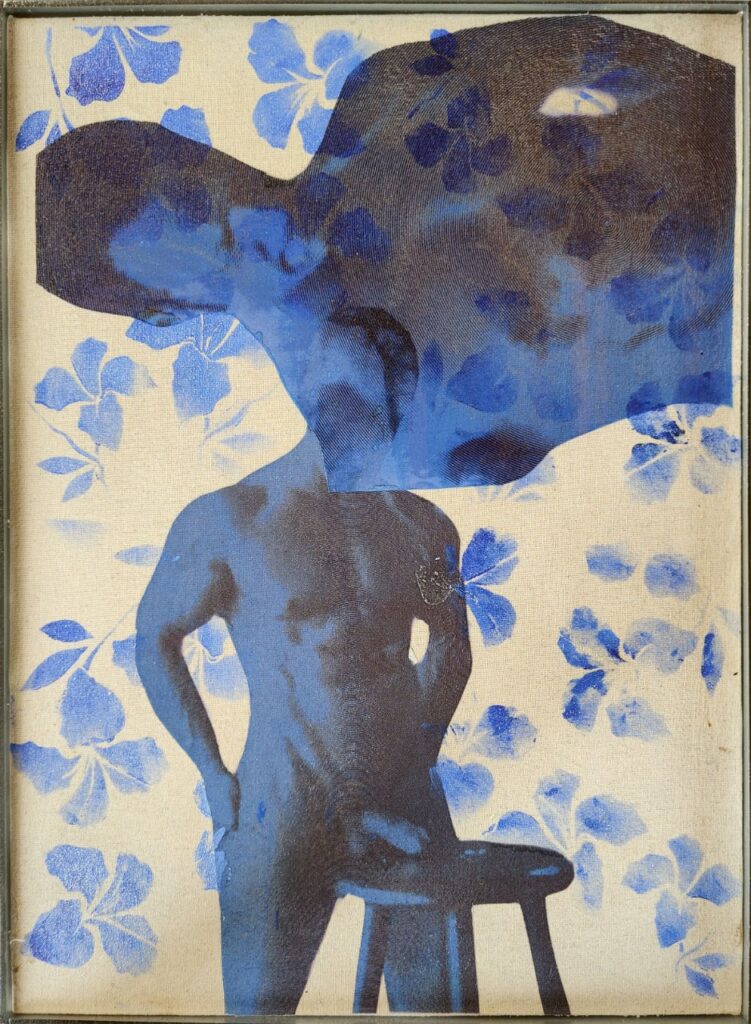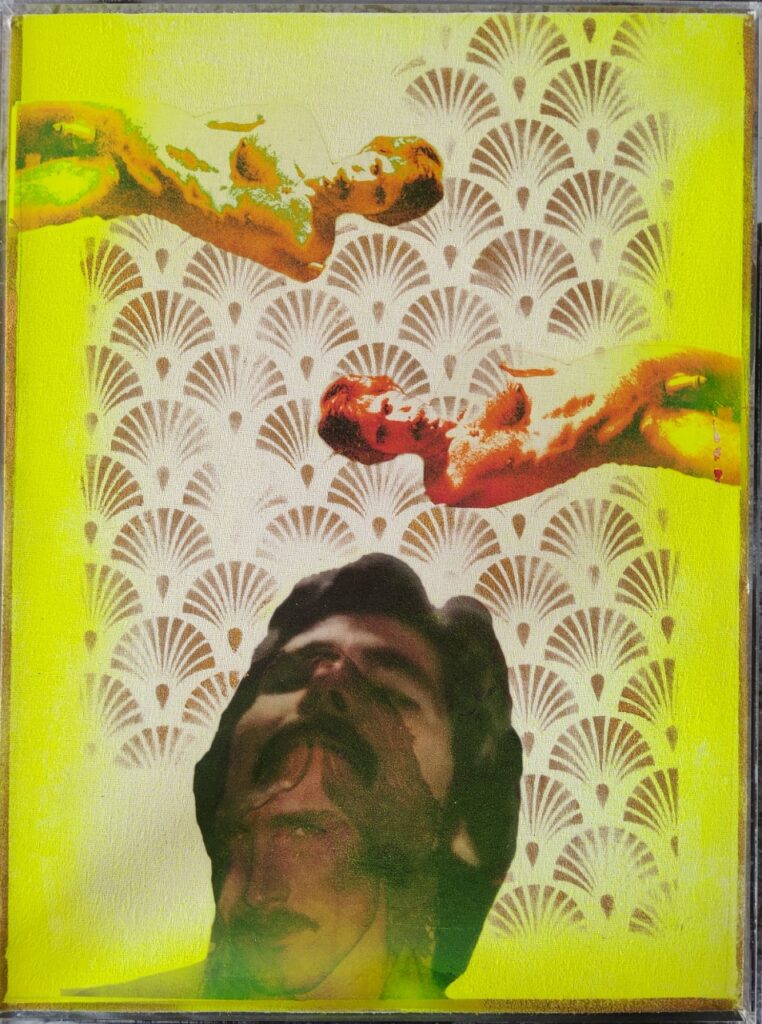Gostoso
As diversas formas de expressão artística, ao longo de sua produção no lado ocidental do mundo, atuaram em um campo ambíguo entre a acomodação e o incômodo causados no público. Se, de um lado, serviram para determinar um modo de ver, sentir e gostar do que poderia ser considerado esteticamente como arte – nesse sentido, exercendo um papel de adestramento e domesticação do gosto do público, normalizando o aceitável e o condizente –, por outro lado houve artistas e/ou tendências que atuaram com um senso de disrupção com a normalização dos modos de ver, sentir e gostar – nesse caso, questionando e implodindo padrões e regras impostos. Assim, o efeito de gostar de uma produção artística sofreria a ação prévia (e automatizada) de saber reconhecer o que pode e deve ser aceito como esteticamente prazeroso – ou seja, o que ajuda a reforçar e sedimentar padrões, regras, normas, valores –, rejeitando e inferiorizando o que se afasta desses moldes.
Ao lado dessa ambivalência da função da arte – entre acomodar e incomodar a cosmovisão do público –, é sabido ainda que o tratamento dado à representação do corpo feminino habitualmente foi feito de modo a se situar nas franjas do leve estímulo erótico, expondo-o e velando-o com véus transparentes, corpos nus lateralizados, peitos à mostra x virilhas escondidas, longos cabelos cobrindo as partes pudicas – um arsenal de recursos que estimulam a curiosidade erótica ao mesmo tempo que tenta conter sua expansão. Nesse contexto, compreende-se a reação policial e repressora, por exemplo, à tela A origem do mundo, de Gustave Courbet, em 1866, justamente em um momento em que se associam e se vinculam de maneira mais cabal as ações repressivas médicas, jurídicas e policiais em torno do sexo, do exercício da sexualidade e do fortalecimento de um eixo que hoje chamamos de cisheteronormatividade.
Entretanto, bem sabemos que o desejo humano procura escapar, aflorar por frestas, fendas e buracos inesperados (talvez, nem tanto), nem sempre à luz do dia, nem sempre à vista de todes, nem sempre entre quatro paredes, mas sempre tentando se manifestar pelos meios mais engenhosos e tortuosos, para burlar a vigilância, se fazer conhecer e fazer gozar as pessoas envolvidas (ainda que seja apenas uma pessoa e suas práticas individuais). Nesses momentos, paus, bocas, cus, bucetas, concavidades e todo um discurso considerado pornográfico se articulam, se espraiam, misturando secreções, tensionando músculos, preenchendo espaços, provocando estremeções, fazendo gozar. Tais (re)ações se apresentam como risco e ameaça ao modelo cisheteronormativo erigido.
De um modo mais evidente, as artes no século XIX tomaram para si o papel de provocar um maior e permanente incômodo a um sistema que se ergueu em torno do processo de criminalização, subalternização, repressão e perseguição a tudo o que foge ao modelo constituído em torno da família nuclear originada da união de um homem e uma mulher. Essa dinâmica mais contínua de incômodo e irrupção com outras formas de ser e estar no mundo se fortaleceu e ganhou novo impulso a partir dos anos 1950-60 por meio de um acentuado processo de valorização e reconhecimento de outras formas de orientação sexual, de identidade de gênero e de expressão de gênero para além do padrão cisheteronormativo.
As artes plásticas (e até mesmo sua convergência com as artes digitais, como no caso da pintura e do desenho digitais) marcam presença nesse processo, sobretudo quando atuam como testemunha e adotam um conteúdo de ativismo social. Nesse sentido, o artista age consciente e voluntariamente a favor de melhores condições de tratamento igualitário para pessoas LGBTQIA+. O processo de criação artística se enreda com as questões do seu tempo, sem ser panfletário (mas se o fosse, não haveria problema), tornando esses trabalhos mais contemporâneos, com fortes ressonâncias na construção de um ambiente mais afirmativo, mais assertivo, como também mais provocador e polêmico.
Os cinco artistas reunidos na coletiva Gostoso – Adeildo Leite, Gabriel Pessoto, Gustavo Rodrigues, Paulo Jorge Gonçalves e Sebastião Miguel – formam uma visão multifacetada sobre como as artes plásticas podem dialogar e contribuir para sensibilizar e incomodar o público. Adotando técnicas variadas de criação – pintura a óleo, aquarela, desenho, bordados, colagem, técnicas digitais –, eles constroem peças performáticas que açulam e brincam com o imaginário. Assim, a singeleza da renda emoldura a sensualidade do corpo nu traçado com a linha e uma mensagem que demarca a necessidade de conviver com a diferença; poses de atores pornôs são reapropriadas para significar uma outra percepção do erótico e do desejo; alguns fetiches são trazidos à cena e aproximados de um olhar mais natural sobre essa forma de manifestação do desejo.
Gostoso expõe o privado, o íntimo, o afeto, o acolhedor, o gesto carinhoso, o erótico, o pornográfico e a sensualidade como forma de expressar que as dissidências de sexo e de gênero são também humanas, geram prazer e gozo, incomodam e problematizam um modelo normativo fantasioso e caduco. Carpe diem.
Luiz Morando
Pesquisador sobre memórias das identidades LGBTQIA+ de Belo Horizonte
Sobre os Artistas da Exposição
Adeildo Leite, is a visual artist. Born in São José do Egypt-PE, (1974), currently lives in Reife-PE. He works with the appropriation and reframing of images linked to drawing and painting and her poetry has been structured in narratives about identity and gender. This series starts from research with geolocation applications (grindr) for sexual encounters between men. Thinking about the articulations between bodies, technologies and spaces, this work seeks to understand the new relationships of sexual practices mediated by apps. The series is composed of several canvases in different sizes, including diptychs, triptychs and polyptychs.
Gabriel Pessoto was born in 1993 in Jundiaí. He studied Produção Audiovisual (PUCRS) and then started Artes Visuais (UFRGS). Since 2015, he began to exhibit works in group exhibitions and was contemplated by the public notice of the city of Porto Alegre to occupy Galeria Lunara, where he set up the installation “Glória” in partnership with Filipe Rossato (nominated for the Açorianos Visual Arts Award in the Outstanding category in New Media). In 2016, he presented the exhibition “Trégua”, his first individual experience, and developed the artistic residency project “Variações sobre contato: vista” at Casa13, a cultural space in Córdoba, Argentina. Since 2017, he has been living in São Paulo, where he attended the Hermes Artes Visuais project monitoring group. In 2018, he held his first solo exhibition in São Paulo, “A little a day is already a lot”, at the Casa da Luz cultural center. In 2020, he joined in the residency program “We have vacancies!” from Ateliê397, was selected for the MARP Project Season and was awarded by ArtConnect Magazine for the project “exchanging figurines” developed in partnership with Nicole Kouts. In 2021, he presented the exhibition “Ambiente Moderno” at the Ecarta Foundation Gallery in Porto Alegre and, in 2022, he joined in the Temporada de Projetos at Paço das Artes with the project “Realidade Virtual”. He also acts as a producer at the Festival de C4nn3$ video show, which already has 13 editions.
Gustavo Rodrigues born in Belo Horizonte in 1988 is a visual artist, researcher and educator, has a degree in Artes Visuais and post-graduating in Artes Visuais e Contemporaneidade at UEMG. In 2014, he began investigating pornographic discourse, drawing male bodies in watercolor. Intimacies, desires, naked bodies and sexual relations remained the main objects of study, in order to conflict with the interests of institutions and exhibition spaces, which were not interested in the sensual and provocative aesthetics of his works. A great way out was the feiras gráficas de rua (graphic street fairs), which allowed them to have more visibility and recognition. In 2016, he participated in a collective exhibition, fARTura segunda edição, in which the organizer used the work of another exhibitor as a tapume: “siding” in his works, during visiting hours. In 2017, at the height of the movements against post-queermuseum censorship, he participated in the Arte Generada exhibition at the Escola de Arquitetura da UFMG, along with other artists who defended freedom of artistic expression. There, he did not fail to experience censorship once again, when the university decided to change the flow of the entry point, in order to avoid certos olhares: “certain glances”, and, finally, preferred to close the exhibition ahead of schedule. Rodrigues continues to experiment with these physical and virtual possibilities for an art known as transgressive, and even inserting himself in platforms such as onlyfans (under the nickname of Ralf Nitro), tensioning possible media and spaces that can enable the exposition of his ideas.
A visual artist using photography, painting and installation mechanisms as incomes and resources, Paulo Jorge Gonçalves devotes in the theme of the body. Graduated in pedagogia, arte educação e arte terapia, he dedicated his life on behalf of art and teaching, especially with children, awakening in them the first stage of creativity and thinking outside the box. With participation in international exhibitions and in several states of Brazil, highlighting the Northeast and Southeast regions. Winner of the first place in the 13th Salon of artists without a gallery of the map of arts, selected for the 17th Open-Wings of gentil carioca, in 2022. Recently exhibiting at Gustavo Schnoor Gallery, UERJ Cultural Center. It currently addresses the narrow Queer boundaries between sensuality, eroticism, and pornography. It addresses topics such as male prostitution, violence, prejudice, standard male chauvinism. Through his work, revealing a political and minority underworld. He paints and writes words that are apparently sweet at first, but more acidic when digested between the lines of a homophonic Brazil.
Sebastião Miguel. A visual artist, he has participated in exhibitions since the 1980s, with solo shows in Brazil and group shows in important institutions in Brazil and abroad. Born in Nepomuceno (MG) in 1958, he holds a bachelor’s degree in artes visuais: fine arts from the Universidade do Estado de Minas Gerais, a specialist in arte e contemporaneidade from the Guignard-UEMG School, and a master’s degree in arte e tecnologia da imagem: Universidade Federal de Mians Gerais and a PhD in Arte Contemporânea from the Colégio das Artes, Universidade de Coimbra, Portugal. He was second-in-command director of the Guignard-UEMG School. Painting teacher at Guignard-UEMG School. His work emphasizes on painting and drawing, discusses the painting process itself, graphic arts, experimental exhibition of visual arts, literature, cinema and new media. Investigates the relationship between representation and subjectivity.

